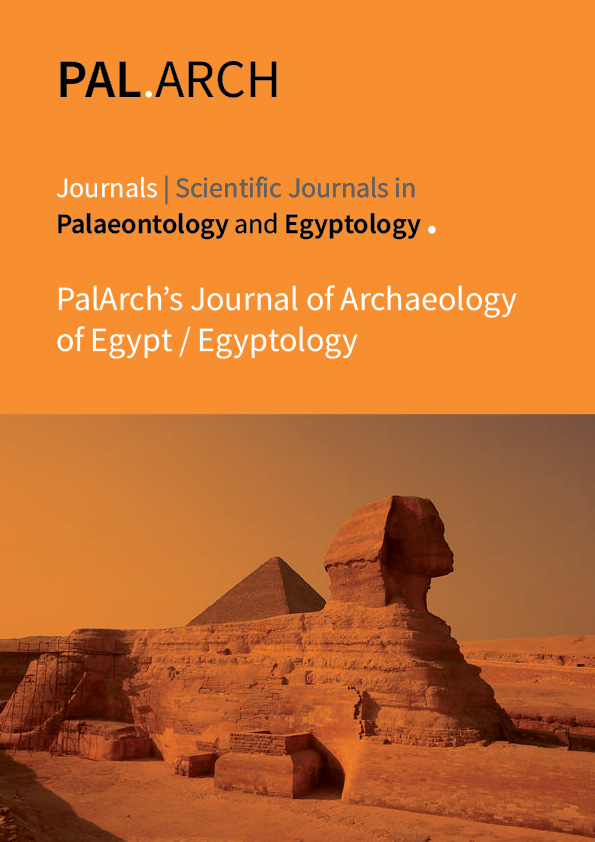THE STRUGGLE FOR POWER IN YEMEN 1918-1962 (THE MANDATE OF THE COVENANT IS A MODEL)
Abstract
In Yemen,Al-Zaidiyyah stipulates of imam will be a scholar, ascetic, courageous, generous. However, it made deviating from the imam a legitimate matter if it is proven that he is unfair and violates the Sharia.Or that a more qualified person demanded the position.Al-Zaidiyyahalso permitted the existence of two legitimate imams at the same time, if their respective spheres of influence are far enough apart. This opened the door to continuous wars between those claiming the Imamate and the Crown Prince, with the sanctification of these wars on the basis that they are essential to defend the faith, and based on that Sharia rule. The system followed by the Yemenis, until the reign of Imam Yahya bin Hamid al-Din (1904-1948). That the people of the solution and the contract meet at the death of the imam to choose a new imam. Those who meet the conditions of the Imamate. Whether he was the son of the deceased imam or someone else. However, the work of that system was abolished after Yemen became a powerful and powerful country.Imam Yahya sought to appoint his eldest son, Prince Ahmed, as heir fearing that the death of the Imam brings about, without having a known crown prince, of unpredictable troubles and afflictions. The problem of competition for the crown prince, one of the most important problems that faced the Zaydi Imamate regime in the modern history of Yemen, it must be noted that the competition for the crown prince in Yemen appears in its clear form, except during the reign of Imam Ahmad (1948-1962). Although the conflict is over the imamate itself. It was the hallmark of the imamate regime in Yemen. Therefore, a distinction must be made between the struggle over the imamate itself and the competition over the succession of the imamate or succession to the crown.



